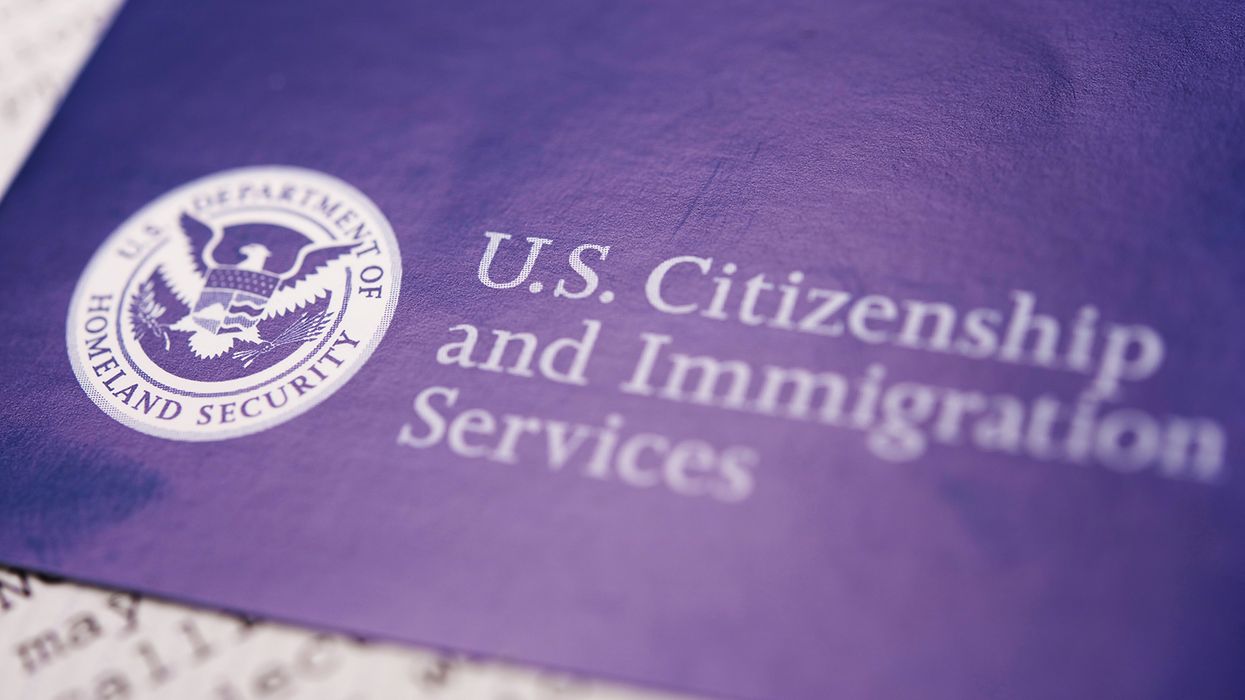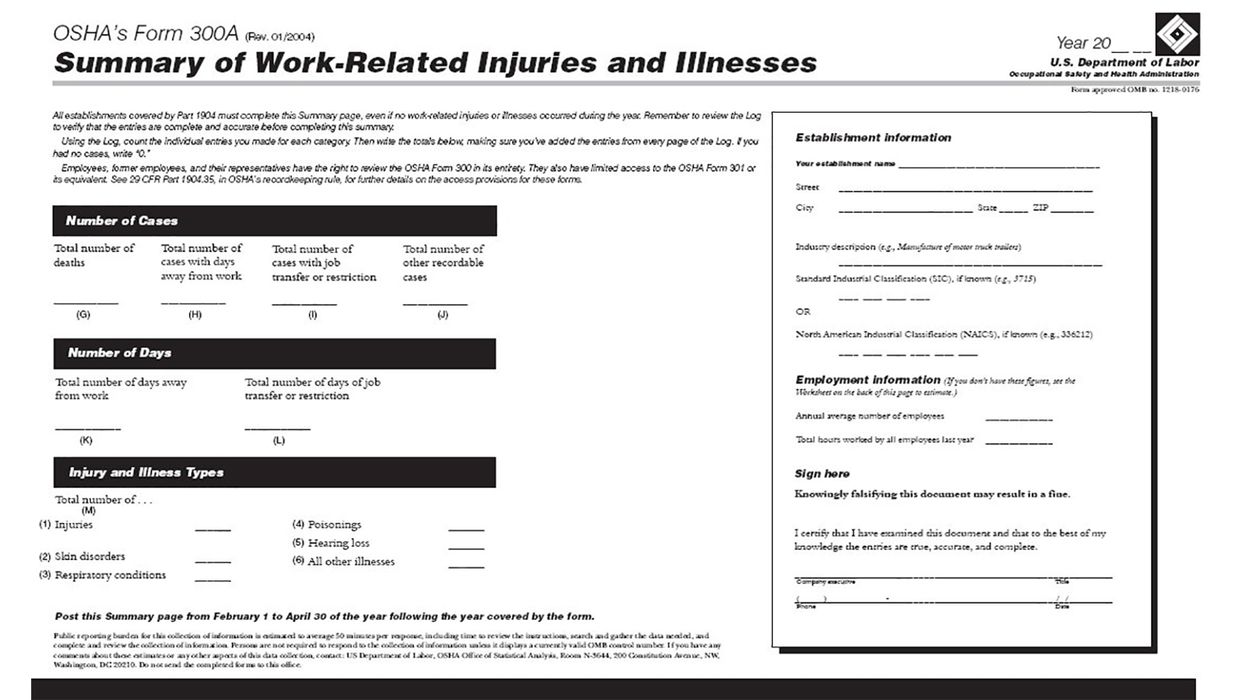Does the FMLA give you a migraine? You might be covered!
One in four U.S. households has someone who suffers migraines, according to the Migraine Research Foundation website. Chances are, everyone reading this knows someone with migraines or IS that person who struggles.
When employees battle migraines, it has a direct impact on their work. The website notes that more than 90 percent of those afflicted can’t properly function when they have one, and about 157 million U.S. workdays are lost each year as a result.
Since June is National Migraine and Headache Awareness month, let’s focus on a few ways that the federal Family and Medical Leave Act (FMLA) can help employees who suffer with migraines and help employers navigate this leave law.
May FMLA leave be taken for migraines?
Yes. Although the FMLA doesn’t generally list medical conditions that are covered by this unpaid, job-protection law, migraines are specifically mentioned.
| 825.113 Serious health condition. (d) Conditions for which cosmetic treatments are administered (such as most treatments for acne or plastic surgery) are not serious health conditions unless inpatient hospital care is required or unless complications develop. Ordinarily, unless complications arise, the common cold, the flu, earaches, upset stomach, minor ulcers, headaches other than migraine, routine dental or orthodontia problems, periodontal disease, etc., are examples of conditions that do not meet the definition of a serious health condition and do not qualify for FMLA leave. |
With chronic serious health conditions (like migraines), an employee must receive treatment from a health care provider at least twice per year. So, if someone gets migraines but never sees a doctor for it, FMLA leave likely wouldn’t apply.
Do employees still have to meet the FMLA leave criteria?
Yes. If there’s an employee who has migraines, this doesn’t mean they automatically get to take FMLA leave. First, the person would need to meet the FMLA eligibility criteria. Employees are eligible if they:
- Work for a covered employer for at least 12 months,
- Have at least 1,250 hours of service with the employer during the 12 months before their FMLA leave starts, and
- Work at a location where the employer has at least 50 employees within 75 miles.
Then, an employer would likely want to request that an employee provide a completed medical certification to support the need for FMLA leave related to migraines. The certification should list an estimated frequency and duration of needed leave.
What about call offs?
The challenge with migraines is not only that they’re painful, but they’re often unpredictable. This means employees who have them might call off work intermittently.
An employee is required to follow an employer’s normal call-in procedures when taking FMLA leave, even with migraines (barring extreme circumstances).
If there are unusual circumstances that prevent the employee from following the call-in procedures, the employee must provide notice as soon as possible.
The FMLA regulations, however, make it clear that if the employee fails to provide timely notice, FMLA leave could be delayed or denied, and the employee subject to whatever discipline the employer’s rules provide.
Key to remember: Migraines can be a qualifying reason for employees to take FMLA leave.




















































